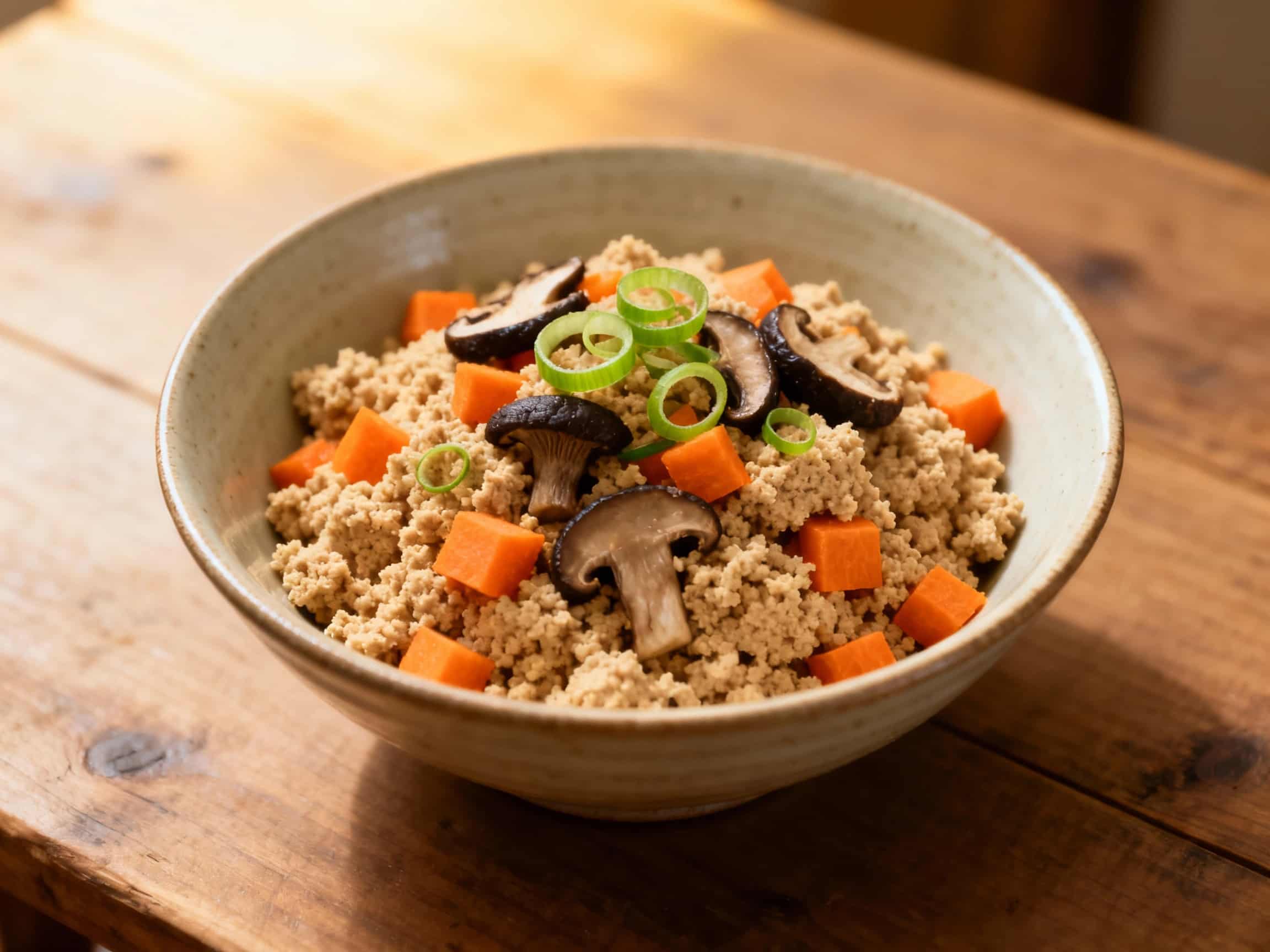
Okara
おから
- Country
- Japan
- Region
- All Japan
- Recipes
- 0 Recipes
Dish information
Okara, also known as 'soy pulp' or 'soy fiber,' is the fibrous residue left after filtering mashed soybeans in the production of soy milk and tofu. Far from being discarded, okara has been cleverly repurposed in Japanese cuisine for centuries as a nutritious and versatile ingredient. Its utilization reflects a deep-rooted cultural value in Japan: *mottainai*, a sense of regret concerning waste. Historically, okara was a staple for many Buddhist monks and in rural communities, where resourceful cooking was key. It's rich in protein, dietary fiber, and various minerals, making it a highly beneficial food. The most common preparation is 'Unohana,' where okara is simmered with various vegetables like carrots, burdock root (gobo), and shiitake mushrooms, seasoned with soy sauce, mirin, and dashi. This transforms the otherwise bland pulp into a flavorful and hearty side dish. While okara has always been present in traditional Japanese cooking, its profile has seen a resurgence in recent years due to growing interest in health-conscious and sustainable eating. Chefs and home cooks explore innovative ways to incorporate okara into dishes, from croquettes and burgers to baked goods, showcasing its adaptability. It represents an ingenious example of how a byproduct can become a culinary asset, contributing to a balanced diet and a zero-waste approach in the kitchen. Its humble origins and rich nutritional value make it a fascinating element of Japanese food culture.
Timeline
Tofu production begins in Japan, leading to the creation of okara as a byproduct.
Records indicate okara being utilized in Japanese cooking, particularly in rural and monastic diets.
Recipes for 'Unohana' (simmered okara with vegetables) become established in Japanese culinary texts.
Increased interest in health food and sustainability leads to a renewed appreciation for okara's nutritional benefits.
Okara gains traction in modern cooking, featured in innovative recipes and a broader range of products.
Related recipes
0 recipesWe'll add related recipes for this dish soon.